Welcome to the Thunderdome of Global Commerce
If you think Black Friday shoppers are intense, you haven't seen anything until you've witnessed 25,000 exhibitors fighting for the attention of international buyers in a convention hall the size of Monaco. Welcome to China's trade fair ecosystem, where business cards are exchanged faster than punches in a martial arts movie, and your feet will hurt more than your wallet after a weekend in Vegas.
In 2025, these aren't just events—they're gladiatorial arenas where business opportunities are won and lost, where fortunes are made and expense accounts are drained, all in the name of global commerce.
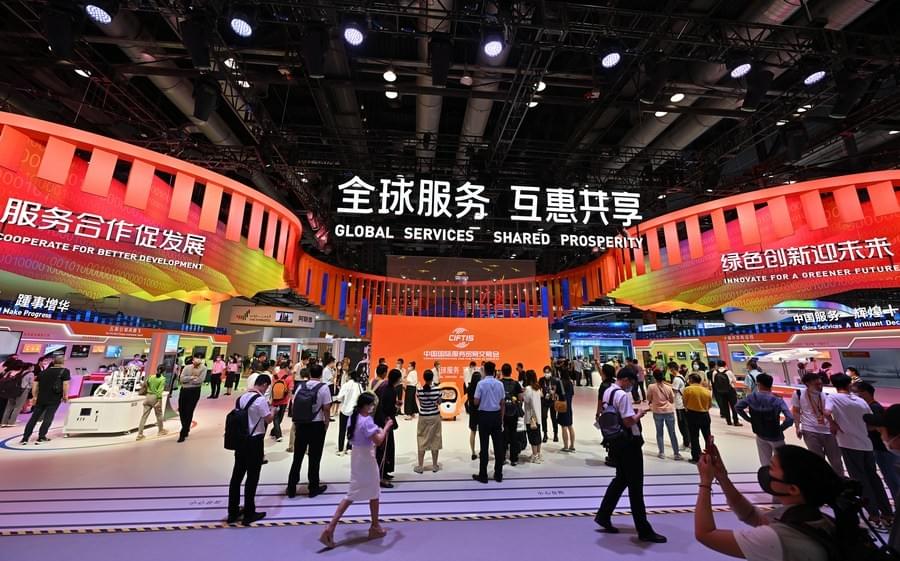
The Numbers That Will Make Your CEO Demand Your Immediate Departure to China
Before we dive into the specific circles of networking hell heaven you'll be visiting, let's examine some statistics that explain why your company is willing to send you halfway around the world to stand in a booth for 12 hours a day:
- Total Foreign Companies: 1.1 billion (yes, billion with a "B," meaning there are more foreign companies registered in China than there are people in most countries)
- Annual Trade Fair Participants: 2.4 million (all simultaneously trying to use the same bathroom)
- International Exhibitor Percentage: 42% (the other 58% are local companies who actually understand the market)
- Average Business Connections Per Event: 350 (approximately 348 more than you'll remember names for)
- Estimated Economic Impact: $87 billion (or roughly what Jeff Bezos finds between his couch cushions)
The Nine Circles of Trade Fair Dante Would Have Written About If He Were in Sales
1. Canton Fair (广交会): Where Your Comfortable Shoes Go to Die
- Location: Guangzhou (where humidity comes to vacation)
- Frequency: Biannual (Spring and Autumn, or as veterans call it, "the one where you sweat" and "the one where you sweat slightly less")
- Participation Scale: 25,000+ exhibitors (roughly the population of a small city, all trying to sell you something)
- Global Reach: 210 countries (more nations than the UN recognizes, somehow)
- What Actually Happens Here: The Canton Fair isn't just an exhibition—it's a test of human endurance disguised as a business opportunity. Imagine the world's largest shopping mall, but instead of teenagers hanging out, it's filled with serious-looking business people whose polite smiles mask the calculation of exactly how much profit margin they can squeeze out of you.
Key Industries That Will Blur Together By Day Two:
- Consumer goods (from innovative gadgets to things you didn't know you needed)
- Electronics (all of which will make whatever is in your pocket seem obsolete)
- Machinery (from devices that can build a skyscraper to ones that can perfectly peel a grape)
- Home products (because apparently there are still home problems that haven't been solved)
Why You'll Suffer Through It Anyway:
- Product showcase so comprehensive you'll forget what you came to find
- Direct access to international buyers (all of whom are also talking to your competitors)
- Government-supported platform (meaning things actually work, mostly)
- Industry innovations that will make you question if your company is actually from the past
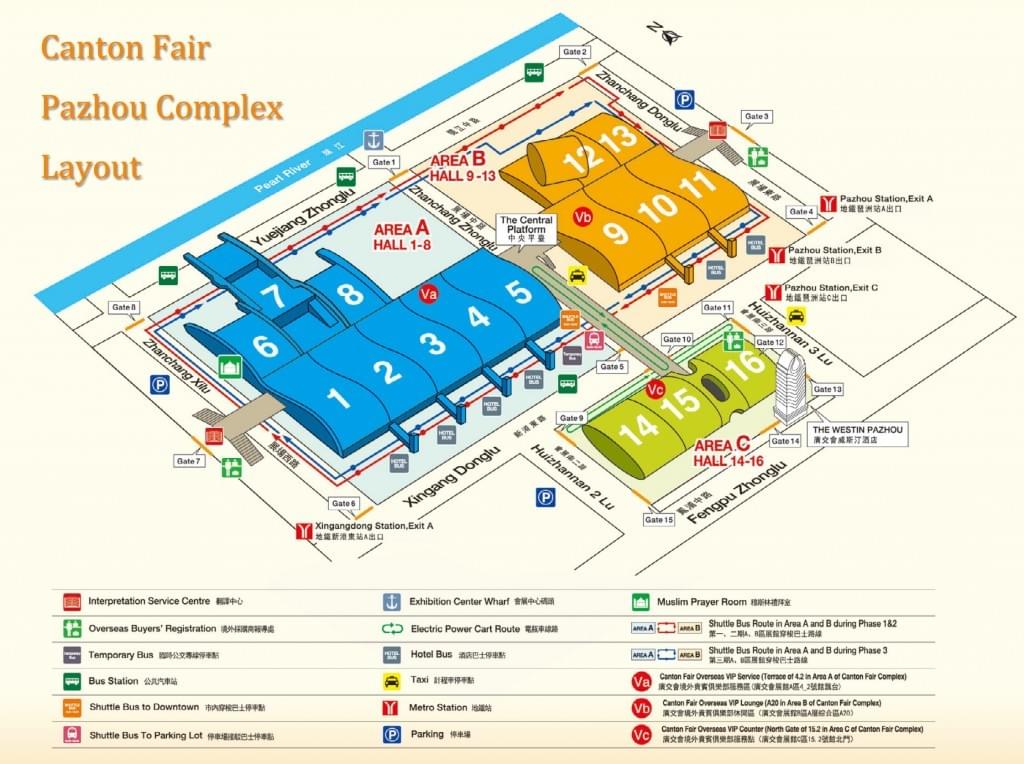
2. China International Import Expo (CIIE): The VIP Room of Trade Fairs
- Location: Shanghai (China's "we're definitely a global city" city)
- Frequency: Annual (giving you just enough time to recover from the previous one)
- Participation Scale: 3,000+ companies (all claiming to be industry leaders)
- What Makes It Special (According to Its PR Department): CIIE is the trade fair equivalent of a nightclub with a velvet rope. It's where China says to the world, "We'll buy your stuff, but only if it's impressive enough." With more government officials than a Party Congress, this is less a traditional trade fair and more a carefully choreographed economic ballet where business opportunities and political goodwill perform an intricate dance.
Key Focus Areas That Sound Like Corporate Buzzword Bingo:
- Advanced technology (defined as "anything that makes current technology look like stone tools")
- Healthcare innovations (because living forever is the ultimate consumer product)
- Automotive solutions (increasingly vehicles that don't need you to drive them)
- Consumer brands (competing to be the next thing Chinese tourists buy in bulk abroad)
Why Your Boss Will Insist You Attend:
- Government participation high enough to make bureaucrats blush
- Technology demonstrations that will be in science fiction movies next year
- Partnership opportunities with companies that have more employees than your hometown has people
- Brand positioning platform where the positioning is usually "please like us, China"
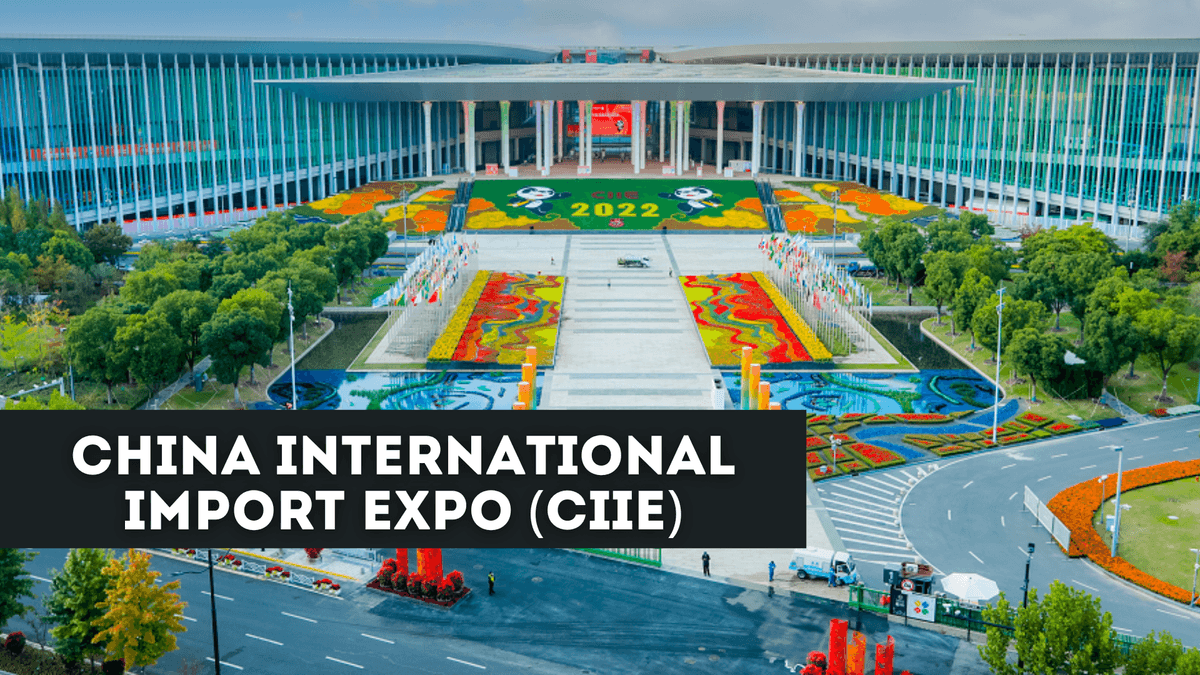
3. China International Consumer Electronics Show (CES China): Where Today's Cutting Edge is Tomorrow's Obsolete Paperweight
- Location: Shanghai (again—they have a lot of convention centers)
- Frequency: Annual (providing a yearly reminder of how quickly your new phone becomes outdated)
- Participation Scale: 1,500+ tech companies (half of which will no longer exist by the next show)
- What Really Goes On: CES China is where the future comes to preview itself before it invades your home. It's a wonderland of gadgets that promise to revolutionize your life, 90% of which you'll never hear about again. Here, startups with more funding than business sense compete with established tech giants to convince you that their particular version of "smart" technology is the one you need.
Key Technology Domains That Sound Impressive on Conference Calls:
- AI innovations (computers pretending to think, increasingly convincingly)
- Smart devices (regular objects with chips that let them connect to the internet for no clear reason)
- 5G technologies (because 4G wasn't expensive enough to implement)
- Emerging tech solutions (vague enough to cover whatever was invented last week)
The Real Reasons Tech Companies Fight for Booth Space:
- Startup showcases where 24-year-olds seek millions in funding
- Venture capital networking that turns elevator pitches into actual money
- Tech trend analysis more detailed than most government intelligence reports
- Global tech collaboration (or as it's sometimes known, "talent poaching opportunities")
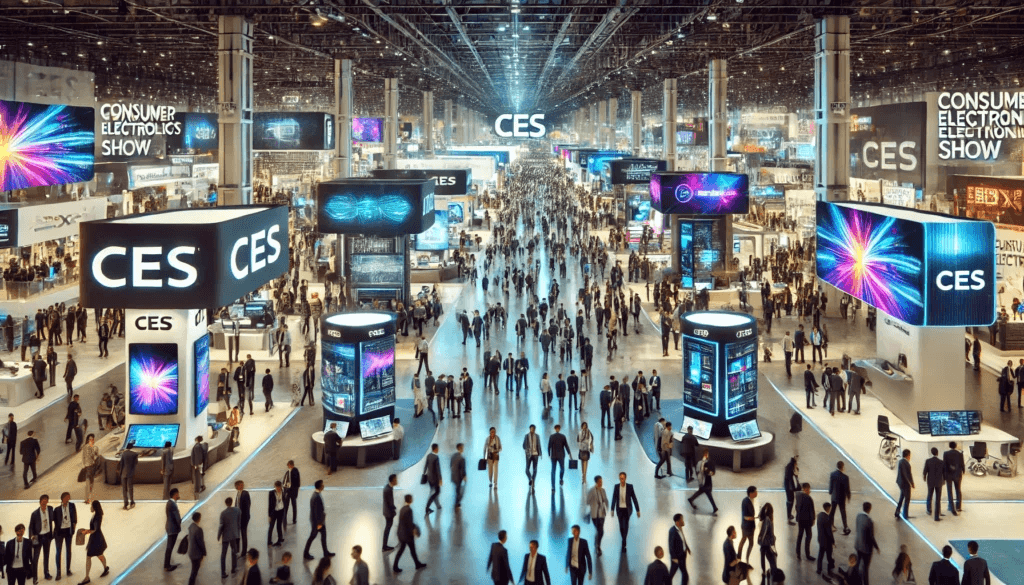
4. China International Industry Fair (CIIF): Where Machines Build the Machines That Will Build More Machines
- Location: Shanghai (yes, again—apparently other cities don't get a turn)
- Frequency: Annual (once a year is enough when the exhibits weigh several tons)
- Participation Scale: 2,000+ industrial companies (all trying to automate your job)
- The Industrial Reality: CIIF is the trade fair for people who get excited about things that go "whirr" and "clank." If you've ever wanted to see robots building cars, machines that can manufacture parts smaller than dust, or industrial equipment that costs more than your house, this is your paradise. It's where Industry 4.0 meets wallet-emptying purchase orders.
Key Sectors That Keep Engineers Awake at Night:
- Advanced manufacturing (making things in ways that make traditional factories look like historical reenactments)
- Industrial automation (robots that don't call in sick or ask for raises)
- Robotics (increasingly resembling sci-fi movies in concerning ways)
- Precision engineering (creating components so small you'll need microscopes to see where your money went)
Why Manufacturing Executives Book Their Tickets Years in Advance:
- Innovation platforms that make R&D departments question their existence
- Technology transfer opportunities (learning how to make things better without admitting you needed help)
- Global trends that will determine which manufacturers survive the decade
- R&D showcases that simultaneously inspire and intimidate
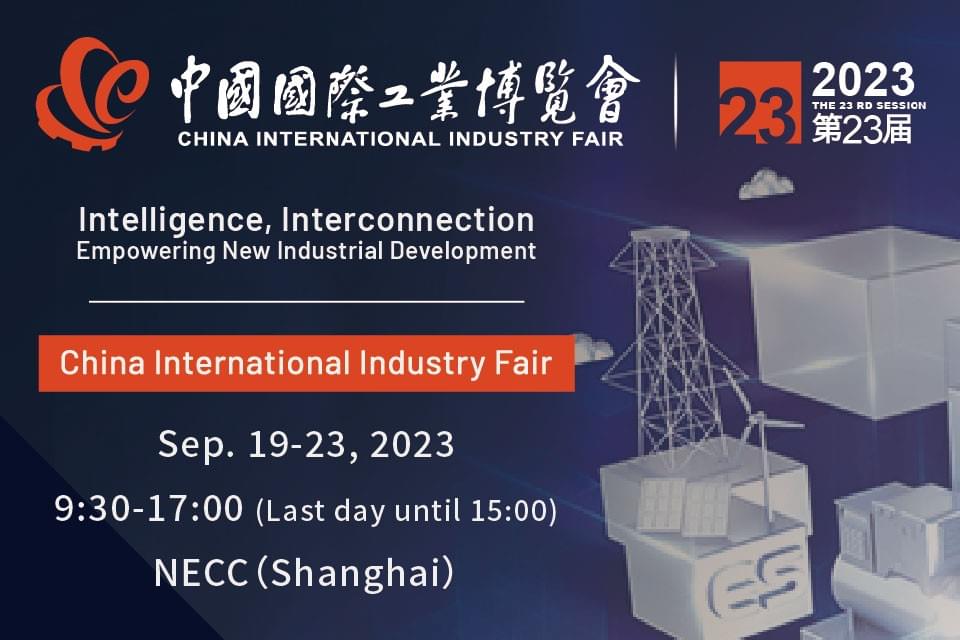
5. China International Medical Equipment Exhibition (CMEF): Where Hypochondriacs Should Never Go
- Location: Shenzhen (because they needed a break from Shanghai)
- Frequency: Biannual (twice the opportunities to be confused by medical terminology)
- Participation Scale: 1,200+ medical companies (all promising to improve healthcare, at a price)
- What's Really Being Demonstrated: CMEF is where you discover medical devices you never knew existed, for conditions you're now convinced you might have. It's a hypochondriac's nightmare and a doctor's dream shopping spree, where MRI machines are displayed like luxury cars and surgical robots perform demonstrations that make you grateful you're not the mannequin.
Key Healthcare Domains That Sound Both Impressive and Terrifying:
- Medical devices (from simple thermometers to machines that could pass the medical boards)
- Digital health solutions (apps that know you're sick before you do)
- Biotechnology (manipulating life itself, but for good reasons, they promise)
- Healthcare AI (computers that diagnose you with either a cold or imminent death, with no in-between)
Why It Draws Crowds Despite the Occasional Graphic Demonstration:
- Medical technologies cutting-edge enough to make science fiction writers take notes
- Global networking for people who understand what "endoscopic retrograde cholangiopancreatography" means
- Research collaboration between people in white coats who are smarter than most of us
- Emerging solutions for health problems you didn't know were solvable
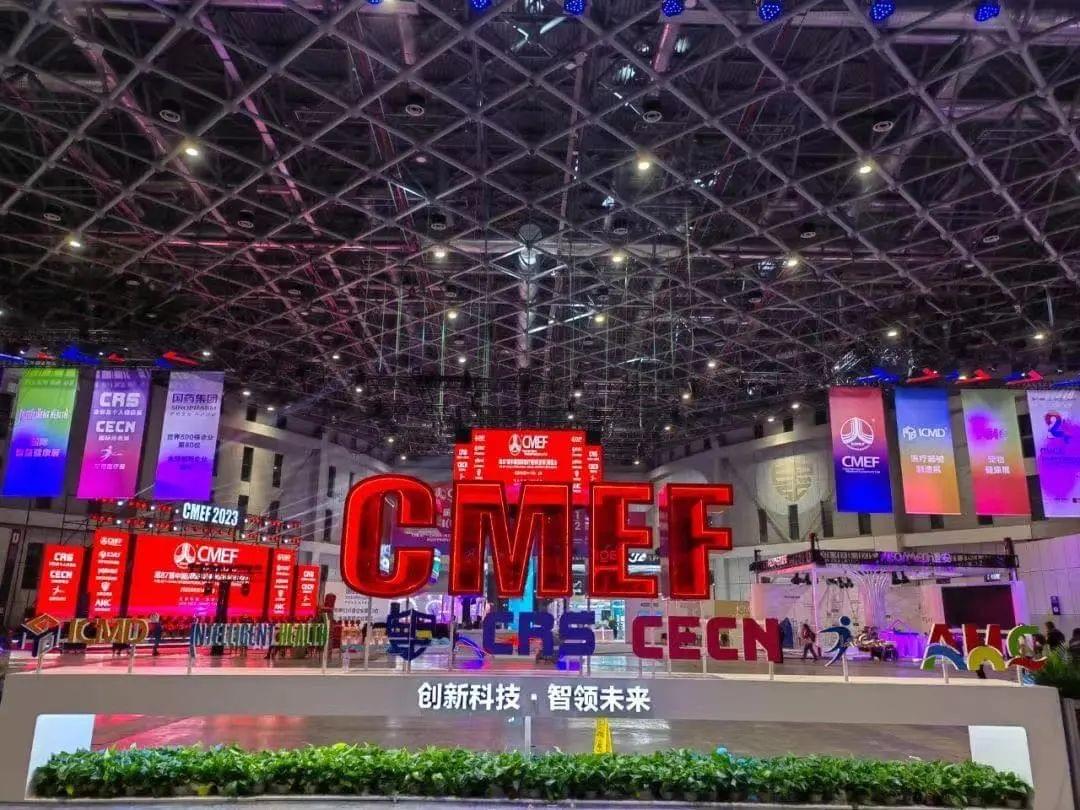
6. China International Beauty Expo: The Most Aesthetically Pleasing Trade Fair
- Location: Shanghai (they're back to Shanghai, in case you missed it)
- Frequency: Annual (because beauty trends change faster than you can say "microneedling")
- Participation Scale: 800+ beauty brands (all claiming their product is revolutionary)
- The Glamorous Reality: The Beauty Expo is where you'll find the world's most perfectly groomed business professionals selling products that promise to make everyone else equally perfect. It's a kaleidoscope of impossibly radiant skin, dazzling smiles, and products with ingredients you can't pronounce that cost more per ounce than gold.
Key Segments That Will Empty Wallets Worldwide:
- Cosmetics (proving makeup is less about hiding flaws and more about artistic expression)
- Skincare innovations (involving serums derived from increasingly exotic sources)
- Wellness technologies (machines that vibrate, heat, cool, or shock you into beauty)
- Natural product solutions (at decidedly unnatural prices)
Why Beauty Executives Fight for Exhibition Space:
- Brand positioning opportunities next to competitors who are watching their every move
- Consumer insights that reveal what people will pay extraordinary amounts for
- Product launches with enough dramatic lighting to qualify as theater
- International expansion for brands ready to explain why their products cost three times more abroad

7. China International Food and Drinks Fair: The Only Trade Fair Where You Leave Heavier Than You Arrived
- Location: Beijing (finally, not Shanghai!)
- Frequency: Annual (once a year is enough for your waistline)
- Participation Scale: 1,000+ food companies (all offering "just a small sample")
- The Delicious Reality: This isn't just a trade fair—it's the world's most exclusive all-you-can-eat buffet disguised as a business event. By day three, attendees have consumed enough samples to qualify as a culinary tour of the world, all while pretending to be there strictly for business reasons. It's where serious food buyers develop the peculiar skill of discussing profit margins while chewing.
Key Domains That Will Expand Your Culinary Horizons (And Waistline):
- Gourmet products (foods with descriptions longer than some novels)
- Beverage innovations (drinks that promise everything from immortality to the perfect buzz)
- Sustainable food solutions (saving the planet, one artisanal cheese at a time)
- Culinary technologies (machines that do what chefs do, but with less complaining)
Why Food Industry Professionals Consider It Unmissable:
- International trend spotting (discovering what Americans will be overpaying for next year)
- Agricultural insights from farmers who know more about science than most scientists
- Innovation platforms showcasing foods from the future (some of which should perhaps stay there)
- Global taste exploration without the passport stamps or jet lag

8. China International Clothing and Accessories Fair: Where Fashion Goes to Find Its Next Factory
- Location: Shanghai (welcome back to Shanghai, hope you missed it)
- Frequency: Biannual (because fashion seasons wait for no one)
- Participation Scale: 1,500+ fashion brands (from "I can't afford to look at it" to "I could buy the company")
- What's Really on Display: The Fashion Fair is the trade event where people dressed entirely in black judge other people dressed entirely in black on their ability to dress consumers in colors. It's a paradoxical world where next year's trends are decided by people who claim trends are dead, and where sustainable fashion is discussed by those who flew in on private jets.
Key Segments That Will Empty Retailers' Budgets:
- High-end fashion (clothes priced per stitch, apparently)
- Sustainable design (garments made from everything from bamboo to recycled ocean plastic)
- Accessory innovations (because handbags needed Bluetooth capability)
- Digital fashion technologies (for when physical clothes are too limiting)
Why Fashion Executives Book Their Flights Months in Advance:
- Networking with people who consider black a personality
- Trend forecasting from prophets who speak in fabrics and silhouettes
- Sustainable showcases that make you feel guilty about your current wardrobe
- Digital fashion exploration for the metaverse (because avatars need $5,000 virtual handbags too)
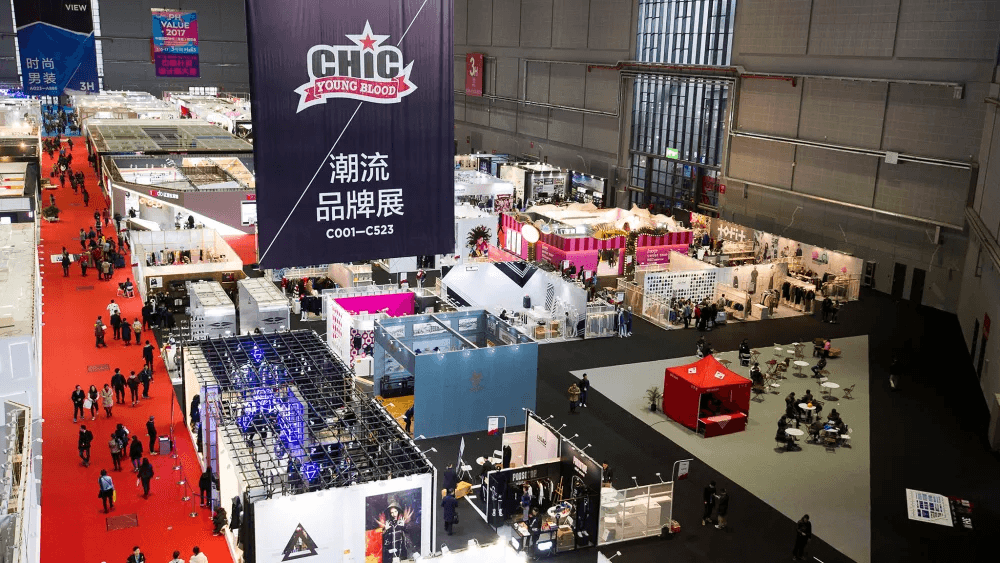
9. China International Small and Medium Enterprises Fair: Where Startups Go to Dream Big or Go Home
- Location: Guangzhou (not Shanghai, to everyone's surprise)
- Frequency: Annual (giving startups just enough time to pivot their entire business model between shows)
- Participation Scale: 2,000+ SMEs (half of which are frantically finalizing their pitch decks on the plane)
- The Entrepreneurial Reality: The SME Fair is where David meets a whole convention center full of potential Goliaths. It's a peculiar ecosystem where companies too small to afford prime exhibition space but too ambitious to stay home gather to convince investors, partners, and themselves that they're the next big thing. The air is thick with equal parts optimism, desperation, and energy drink fumes.
Key Focus Areas That Dominate Elevator Pitches:
- Startup innovations (solutions to problems you didn't know existed)
- Technology transfer (learning from the big players without becoming them)
- Entrepreneurial networking (exchanging business cards that will become outdated within months)
- Global market expansion (often before conquering the local market)
Why It's Worth The Investment for Small Companies:
- Venture capital connections with people who can write checks with lots of zeros
- Innovation ecosystem access that levels the playing field (slightly)
- Market entry strategies that sound better in PowerPoint than in practice
- Technology showcases where the word "disruptive" is used every 7.2 seconds
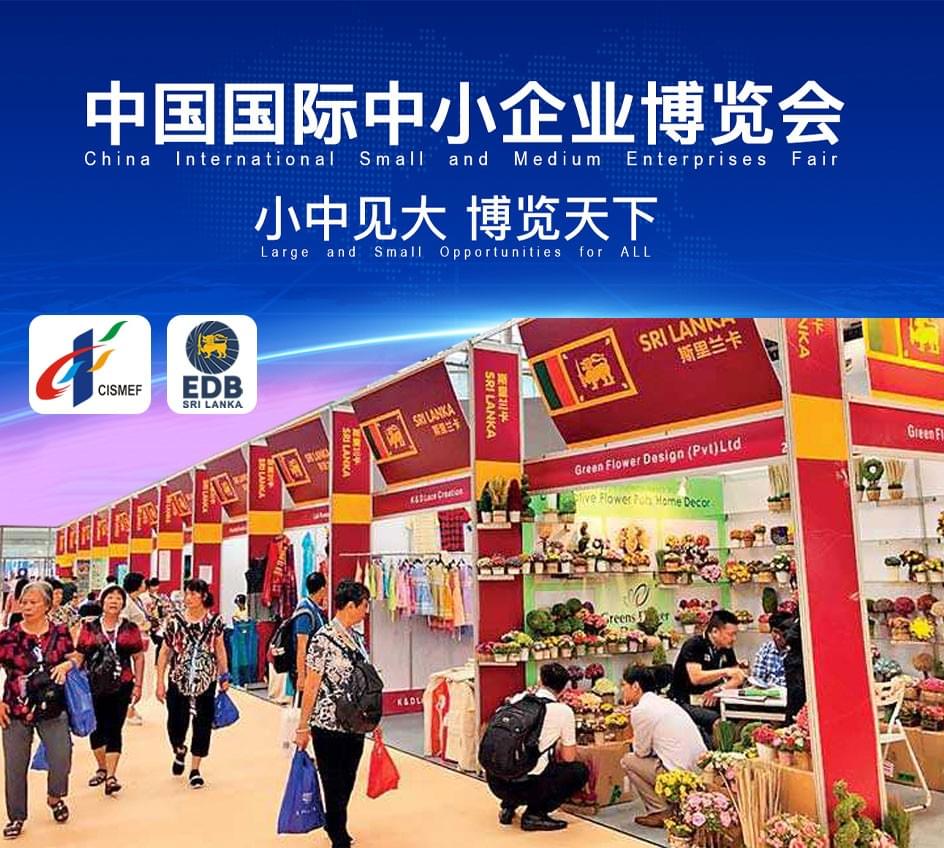
How to Participate Without Losing Your Mind, Money, or Dignity
Strategic Framework (Or "How to Look Like You Know What You're Doing")
The Five Pillars of Not Embarrassing Yourself Internationally:
- Cultural Intelligence (knowing when to bow, shake hands, or awkwardly do both)
- Strategic Networking (talking to people who can actually help, not just anyone with a business card)
- Innovation Alignment (making sure your "groundbreaking" product isn't already obsolete in China)
- Continuous Learning (accepting that what worked last year might be laughably outdated now)
- Adaptive Positioning (being flexible enough to pivot when you realize you've completely misunderstood the market)
The Crystal Ball: Trade Fairs of the Near Future
Trends That Will Make Your Current Exhibition Strategy Obsolete
- Virtual and Hybrid Events: For when you want to network in your pajama bottoms (camera-up business attire still required)
- AI-Powered Matchmaking: Algorithms finding your perfect business partner with the same technology dating apps use
- Sustainability Focus: Making massive temporary exhibitions somehow environmentally friendly
- Digital Networking: Exchanging information without the awkward dance of trying to retrieve business cards from tight pockets
- Real-Time Market Intelligence: Data analysis so immediate you know something's trending before the trendsetters do
Conclusion: Embrace the Beautiful Chaos
These nine trade fairs aren't just events—they're immersive experiences in the beautiful chaos that is China's business ecosystem. They represent the perfect blend of ancient trading traditions and cutting-edge technology, all compressed into exhibition halls where fortunes are made, deals are struck, and comfortable shoes are absolutely essential.
Whether you're a first-time attendee wondering why you packed formal shoes, or a veteran who brings their own folding chair, these trade fairs are the beating heart of global commerce—chaotic, exhausting, occasionally confusing, but ultimately where business happens.